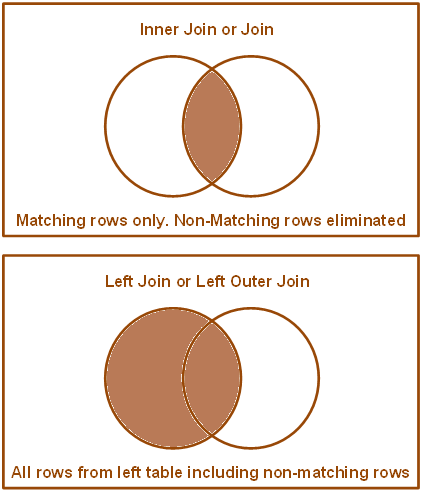Reliable sources of information about What Is The Difference Between The Inner And Outer Core, all presented in this article for you.

Delving into the Heart of the Earth: Unraveling the Inner and Outer Core
In the vast cosmos, our intricate planet Earth holds a wealth of mysteries. Among them lies the captivating realm deep beneath our feet: the Earth’s core. This enigmatic region, brimming with fiery processes and shaping our planet’s destiny, is divided into two distinct layers—the inner and outer core.
The Inner Core: A Solid Heart of Iron and Nickel
At the Earth’s very center, concealed beneath a staggering 2,900 kilometers of mantle rock, resides the inner core. This spherical realm, roughly the size of the Moon, is composed primarily of solid iron and nickel. Despite its extraordinary density, the inner core reaches an astonishing temperature of approximately 5,700 degrees Celsius, nearly as scorching as the surface of the Sun.
The Outer Core: A Liquid Sea of Molten Metal
Enveloping the solid inner core is the expansive outer core, a dynamic layer extending outward for a depth of 2,200 kilometers. Unlike its innermost counterpart, the outer core exists in a liquid state, consisting primarily of molten iron and nickel. This swirling, turbulent realm plays a crucial role in generating Earth’s magnetic field, a protective shield that safeguards us from harmful cosmic radiation.
Defining Features of the Inner and Outer Core
The inner and outer cores, though both composed of iron and nickel, exhibit distinct physical and chemical characteristics:
-
Density: The inner core’s solid state renders it significantly denser than the liquid outer core.
-
Temperature: The inner core’s proximity to the Earth’s radioactive molten mantle results in higher temperatures compared to the outer core.
-
Composition: The inner core contains a higher concentration of nickel and other heavier elements than the outer core, which exhibits a mixture of light and heavy elements.
-
Magnetic Field Generation: The outer core’s convective motions and spinning molten metal generate Earth’s magnetic field, a process known as the geodynamo.
Exploring the Dynamics of the Earth’s Core
The Earth’s core, far from being static, is a region of constant activity:
-
Heat Transfer: The inner core releases heat into the surrounding outer core, creating convection currents and contributing to the Earth’s surface temperature regulation.
-
Magnetic Field Generation: The outer core’s swirling liquid metal generates the Earth’s magnetic field, protecting our planet from harmful cosmic radiation.
-
Geologic Influences: The Earth’s core powers mantle convection, a process that drives plate tectonics and shapes our planet’s surface features.
Tips and Expert Advice for Understanding the Earth’s Core
-
Use Visualizations: Engage with interactive simulations and 3D models to visualize the Earth’s core structure and processes.
-
Incorporate Hands-On Experiments: Conduct classroom demonstrations or home experiments to illustrate the principles of magnetism and convection.
-
Seek Expert Perspectives: Consult with geologists and geophysicists to gain insights into the latest research and discoveries related to the Earth’s core.
-
Foster Curiosity: Encourage students to ask questions about the Earth’s interior, inspiring a lifelong fascination with our planet’s captivating secrets.
FAQ: Frequently Asked Questions on the Earth’s Core
Q: What are the main components of the Earth’s core?
A: The Earth’s core is primarily composed of iron and nickel, with varying concentrations of heavier elements.
Q: Why is the inner core solid while the outer core is liquid?
A: The pressure at the center of the Earth is so intense that it forces the iron atoms to pack tightly together, forming a solid structure. The outer core, at lower pressures, remains in a liquid state.
Q: How does the Earth’s core generate the magnetic field?
A: The liquid iron and nickel in the outer core are constantly moving in convection currents, which generate electrical currents. The interaction of these currents with Earth’s rotation creates the magnetic field.
Conclusion
The journey into the depths of our planet has illuminated the fascinating complexities of the Earth’s core. From the solid inner core, a testament to immense pressures and temperatures, to the liquid outer core, an engine that generates Earth’s magnetic shield, the core’s influence extends far beyond its hidden realm. By delving into the secrets of the Earth’s core, we not only deepen our understanding of our planet’s present but also glimpse into its dynamic and ever-evolving past.
Are you captivated by the mysteries of the Earth’s core and eager to unravel more? Join the vibrant community of Earth science enthusiasts and continue your exploration into the heart of our planet.

Image: www.youtube.com
An article about What Is The Difference Between The Inner And Outer Core has been read by you. Thank you for visiting our website, and we hope this article is beneficial.